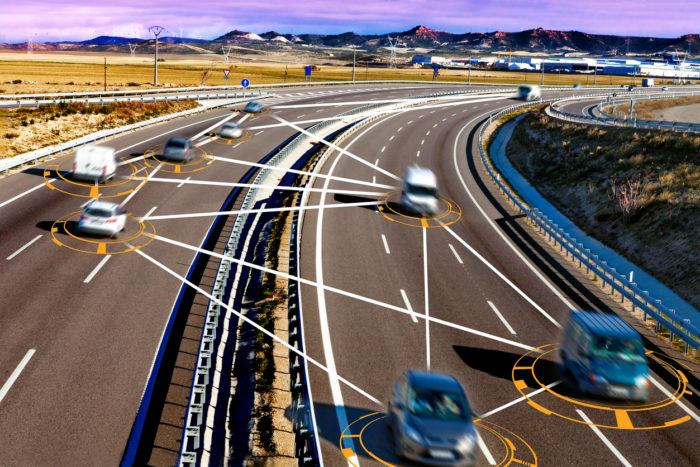Evolving Technology in Autonomous Vehicles — When will states catch up?
A new study on autonomous vehicles (AVs) suggests states should pass legislation requiring driver licenses for those behind the wheels of a new wave of cars.
The Governors Highway Safety Association also urges leaders to review and rewrite traffic laws so the impending changes autonomous vehicles will make to the dynamic on U.S. roadways are considered.
“The new report notes that autonomous technology short of full automation presents a number of important behavioral safety issues related to how operators and passengers use this technology,” the association writes in a press release titled “New Report: Don’t Overlook Humans’ Role in Autonomous Vehicle Safety.” “Inattention is of particular concern when operators expected to monitor driving may not do so as diligently as they should, and even an operator who does not need to monitor the road for long periods of time may not be able to quickly re-engage if distracted. Unlicensed operators also pose potential harm, as they may be able to activate an AV but be prevented from taking over control of the vehicle if needed.”
The motor vehicles of today have semi-autonomous technology that prevents drivers from drifting into other lanes, applies the brakes if a car in front suddenly slows and emits a beeping noise if they are backing up too closely to another car – or a pedestrian. It is done via cameras, sensors and software that give such cars computer-like capabilities. The technology evolved in 2010 with what the industry now calls advanced driver-assistance systems (ADAS) – adaptive cruise control, blind-spot monitoring, drowsy-driver detection, high beams with no glare, rain radar, etc.
“Most road accidents occurred due to the human error,” reads an entry on Wikipedia. “Advanced driver-assistance systems are systems developed to automate, adapt and enhance vehicle systems for safety and better driving. The automated system which is provided by ADAS to the vehicle is proven to reduce road fatalities, by minimizing the human error.”
The technology continues to evolve, with partially automated safety features rolling out now and, by 2025, fully automated safety features.
“The continuing evolution of automotive technology aims to deliver even greater safety benefits and – one day – deliver Automated Driving Systems (ADS) that can handle the whole task of driving when we don’t want to or can’t do it ourselves,” according to the National Highway Traffic Safety Administration.
The future of driving on America’s highways and byways brings up a host of concerns both ethically and legally and politically. The report addresses those concerns and imparts its recommendations for transitioning into the new era.
“Automated vehicles will bring new and perhaps unanticipated traffic safety issues to states, the District of Columbia, and the territories,” states the report, titled “Preparing for Automated Vehicles: Traffic Safety Issues for States.” “This report outlines these issues and discusses how law enforcement and State Highway Safety Offices (SHSOs) should prepare for them.”
Among the recommendations:
- Encouraging the development of autonomous vehicles with an eye toward retaining a certain amount of authority over that development so the public remains protected.
- Establishing license-plate / registration requirements that identify autonomous vehicles.
- Enacting policies and procedures for law-enforcement agencies that include training officers to respond to accidents involving autonomous vehicles.
“Each state’s goal should be to encourage responsible ADS testing and deployment,” the report states. “As of June 2018, 37 states and the District of Columbia had enacted legislation or issued executive orders relating to AVs. On the other hand, a bill introduced in the Minnesota Senate in March 2018 would ban the use of self-driving cars indefinitely…”
There is no doubt the process will take a lot of collaboration and even more compromise in order to significantly reduce the 90 percent of crashes that involve human error.
“In particular, ADS manufacturers and dealers are essential to keep SHSOs informed about their activities and plans,” the report states. “In return, SHSOs can help manufacturers and dealers interact with law enforcement, media, and the public as they begin ADS testing and deployment.”
Ryan Gammelgard, an attorney for State Farm, the insurance agency that funded the study, told The Detroit News that human error, while poised for reduction, still will be a factor going forward.
“We worked really hard over the last year to make sure insurance is at the table as some of these issues are being discussed,” Gammelgard said in an article titled “Study: States should require licensed drivers for robot cars.” “We can’t ignore reality that automakers and tech companies are spending $80 to $100 billion in order to implement this technology.”
Share This



